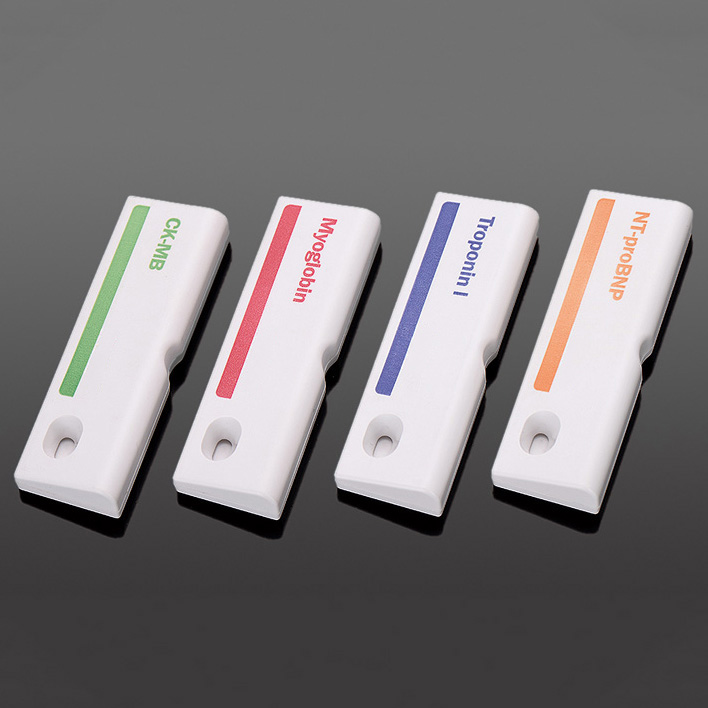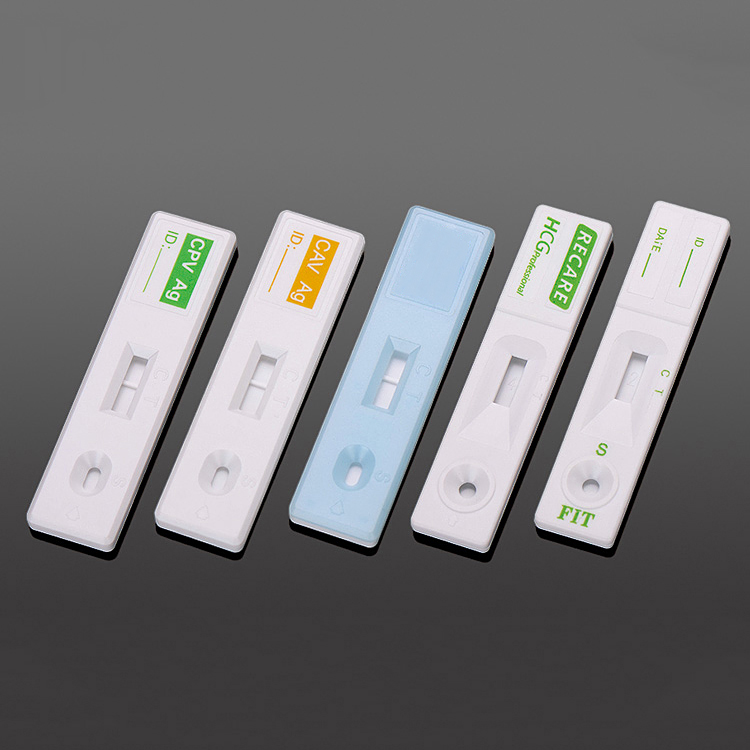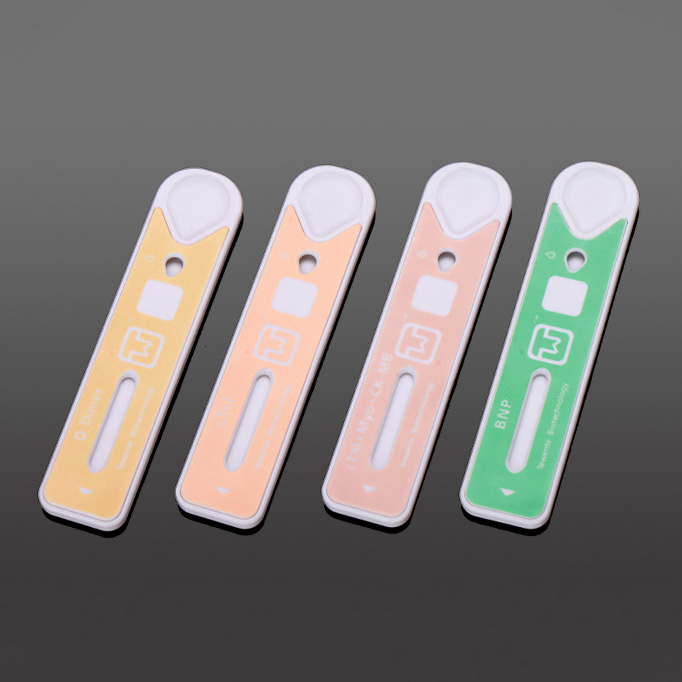Oct . 09, 2025 09:00 Back to list
Cassette Lateral Flow: OEM Plastic Cassette for Test—Why Us?
Inside the humble cassette lateral flow housing: what really matters in 2025
If you work in rapid diagnostics, you already know the enclosure can make or break the test. When a lab manager first told me that, I shrugged. Then I watched a pilot run fail because a cover snapped out of tolerance and wicked buffer sideways. So yes—the cassette lateral flow housing is worth obsessing over.

What it is and why teams pick ABS
This Diagnostic Test Empty Plastic Cassette is an ABS enclosure designed for human health tests (HCG and more), food safety screening, veterinary assays, and certain drug tests. The top and bottom covers align tightly—less drift, fewer headaches. It’s simple to use, which sounds trivial until you’ve trained a team across multiple shifts.

Current industry trends (quick take)
- Miniaturized strips (3–4 mm) to reduce buffer volume and time-to-result.
- Better snap-fit tolerances to protect flow path without ultrasonic welding.
- Eco-aware materials talk is growing, but ABS still dominates for stability.
- Designs that accommodate smartphone readers for semi-quant results.

Spec snapshot
| Material | ABS, impact-resistant, low extractables (≈ per real-world use) |
| Compatible strip sizes | 3.0 / 4.0 / 5.0 mm (others on request) |
| Housing size | ≈ 60–75 mm × 25 mm × 5–7 mm (customizable) |
| Assembly | Snap-fit top/bottom cover; optional adhesive backing |
| Storage / service life | 2–30°C, RH |
| Certifications (factory) | ISO 13485 QMS; RoHS/REACH material compliance (on file) |
Process flow and QA that quietly save your run
Materials: medical-grade ABS pellets. Methods: precision injection molding; gate placement tuned to minimize warp near the sample port. Post-mold: de-dusting, visual inspection, and dimensional checks (typ. ±0.10 mm critical features). Assembly: dry-room strip insertion, pad alignment, then cover snap; peel test and window check. Testing standards often referenced: ISO 13485 for QMS; ASTM D4169/ISTA 2A for transit; ASTM F88 for seal strength (where pouches apply). Many customers say they’ve cut invalids after tightening pad-to-window alignment by 0.2 mm, which tracks with the data I’ve seen.

Applications and real-world feedback
Use cases: HCG, infectious disease screens, allergen tests in food plants, veterinary FPV/CPV, and certain drug-of-abuse strips. One mid-size diagnostics brand reported a 1.1% drop in “no flow” errors after switching to tighter-fit desiccant pouches with the same housing—small change, real impact. Another team used a viewing window with higher clarity and saw fewer borderline reads under shop-floor lighting. To be honest, it’s these tiny details that separate a good cassette lateral flow from a flaky one.
Vendor comparison (indicative)
| Vendor | Lead time | Customization | Certs | MOQ / Tooling |
|---|---|---|---|---|
| PrisesBio (Hebei, China) | ≈ 2–4 weeks std; tooling 3–6 weeks | Window size, color, port design, private label | ISO 13485, RoHS/REACH materials | Low-to-mid; in-house molds available |
| Vendor A | 3–5 weeks | Limited window options | ISO 9001 | Mid; external tooling |
| Vendor B | 4–7 weeks | Custom colors only | ISO 13485 | High MOQ |

Customization and logistics
Options include custom cavities for 2-in-1 strips, distinct sample ports, embossing, colors (white/ivory/gray), and barcode recesses for app readers. Origin: No.136, Shiji West Road, Gaobeidian City, 074000, Hebei Province, P.R. China. Typical packaging is multi-bagged to control dust; transit tested per ASTM D4169. Store the empty housings at room temp, low humidity. Sounds obvious, but I’ve seen warped lids after a week in a hot mezzanine.
Bottom line
If your invalids creep above target, start with fixture alignment and housing tolerances. A solid cassette lateral flow shell won’t fix poor chemistry—but it will stop avoidable failures from sloppy fit and inconsistent windows. That’s money back in your yield.
References
- ISO 13485:2016 Medical devices — Quality management systems — Requirements for regulatory purposes.
- ASTM D4169-22 Standard Practice for Performance Testing of Shipping Containers and Systems.
- ASTM F88/F88M-15 Seal Strength of Flexible Barrier Materials (relevant to pouched tests).
- WHO “ASSURED” criteria for point-of-care diagnostics, WHO publications.
- CLSI POCT07—Inventory Management of Point-of-Care Testing (context for handling/storage).
-
Diagnose Syphilis Test – Essential Screening & Diagnostics Explained
NewsNov.19,2025
-
Comprehensive Guide to Diagnosis Syphilis Test Technologies & Applications
NewsNov.19,2025
-
Comprehensive Guide to Syphilis Test Dubai – Early Detection & Reliable Screening
NewsNov.18,2025
-
Comprehensive Guide to Syphilis Test Diagnosis: Global Impact and Advances
NewsNov.18,2025
-
Syphilis Test Cost Explained: Affordable Diagnostics for Global Health
NewsNov.17,2025
-
Comprehensive Guide to Syphilis Test Blood: Global Insights & Testing Solutions
NewsNov.17,2025

